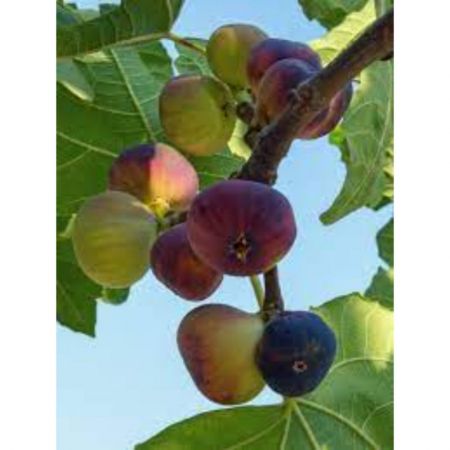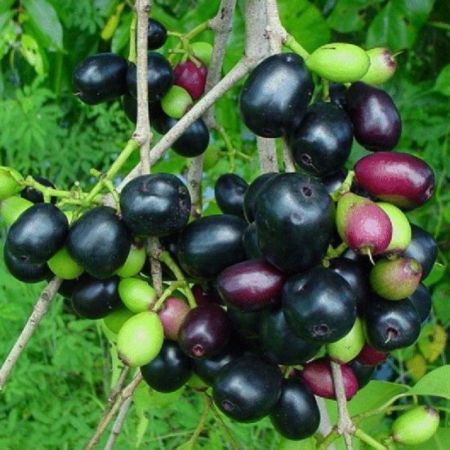Miracle Fruit Plant with nursery cover
While the miracle fruit itself has a mildly sweet flavor, its true magic comes when the fruit is consumed. After eating the fruit, it temporarily binds to the taste buds and alters the perception of sourness. Foods that are usually sour, like lemons, limes, or grapefruit, will taste sweet, often described as sugar-like sweetness.
₹ 249.00
₹349
(Inclusive of all taxes)
-

No Warranty
-

COD Not Avilable
-

Non Returnable
-

cancelable
About this item
Made In: India
Scientific Classification:
- Scientific Name: Synsepalum dulcificum
- Common Names: Miracle fruit, Miracle berry, Sweet berry, Flavor-changing berry
- Family: Sapotaceae
- Genus: Synsepalum
- Native Region: West Africa (specifically in Ghana, Nigeria, and other parts of tropical West Africa)
2. Plant Description:
- Size: The miracle fruit is a small shrub that typically grows to a height of 1.5 to 3 meters (5 to 10 feet) when cultivated in ideal conditions. In the wild, the plant may grow slightly larger.
- Leaves: The leaves are oval-shaped, glossy, and dark green on top, with a lighter green underside. They are relatively small, about 5 to 10 cm (2 to 4 inches) long.
- Flowers: The plant produces small, white or cream-colored flowers that are fragrant and typically grow in clusters. These flowers eventually give way to the fruit.
- Berries: The fruit of the miracle plant is small, usually around 2–3 cm (0.8–1 inch) in diameter. It is red when ripe, with a slightly wrinkled surface. The flesh is soft, with a small seed in the center.
- Roots: Miracle fruit plants have relatively shallow roots and prefer well-drained, acidic soils for optimal growth.
0 Review Of Product Miracle Fruit Plant with nursery cover











.png)
